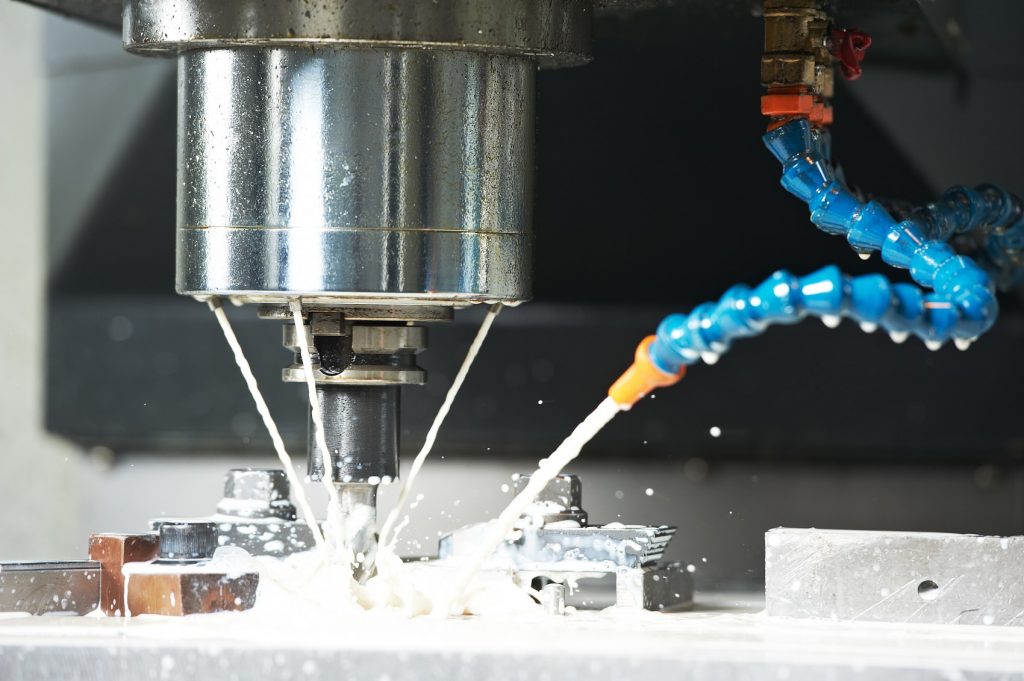CNC machining is a computer-controlled manufacturing process that allows for high precision and accuracy in creating parts and products. This technology eliminates the errors and inconsistencies caused by human intervention, resulting in higher quality products that meet exact specifications. This means that designers and engineers can test their products with complete confidence, knowing that the measurements and dimensions are accurate.
Traditional manufacturing processes such as manual machining can take a lot of time, particularly when you need to make several iterations to get the product right. This can hurt the product launch timeline and slow down the R&D process. With CNC machining, product development can move faster as it allows for quicker turnaround times and efficient tool changes. This technology also makes it easier to produce complex and intricate products.
CNC machining is a more efficient manufacturing method, resulting in less waste materials. This helps save on manufacturing costs while also reducing the environmental impact of product development. Since CNC machines work with high precision, engineers and designers can optimize the product design and reduce the amount of raw materials needed to create it, resulting in a more sustainable manufacturing process.
CNC machines can work with a wide range of materials, including metals, plastics, and even wood. This means that designers are not limited to certain materials and can experiment with various materials to discover new possibilities. Additionally, CNC machines allow for complex geometries and shapes that are difficult or impossible to achieve using traditional manufacturing methods. This opens up design possibilities that were once unimaginable.
One of the significant advantages of CNC machining is its ability to produce consistent products. Since the entire manufacturing process is computer-controlled, each part produced will have the same level of precision and accuracy as the previous one. This is especially important for parts that need to fit together precisely. Maintaining consistent quality throughout the manufacturing process is essential in R&D, particularly when creating prototypes and testing.

Conclusion:
In conclusion, CNC machining is a game-changer in the manufacturing industry, providing significant benefits to R&D. It is faster, more accurate, generates less waste, and offers flexibility in both materials and design possibilities. By using CNC machining technology, designers and engineers can streamline the product development process, making it easier to produce prototypes and test them quickly while maintaining consistent quality throughout the manufacturing process. Regardless of the type of product you are creating, CNC machining has the potential to make the entire R&D process much easier.